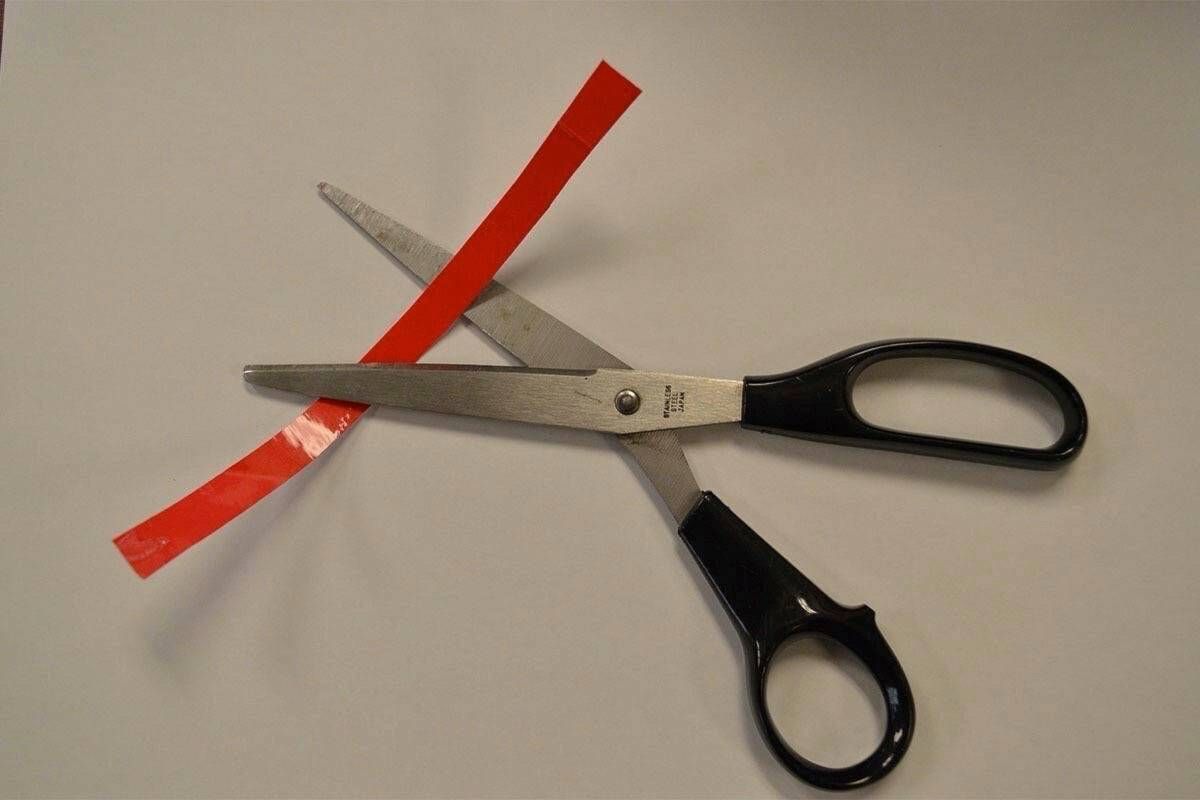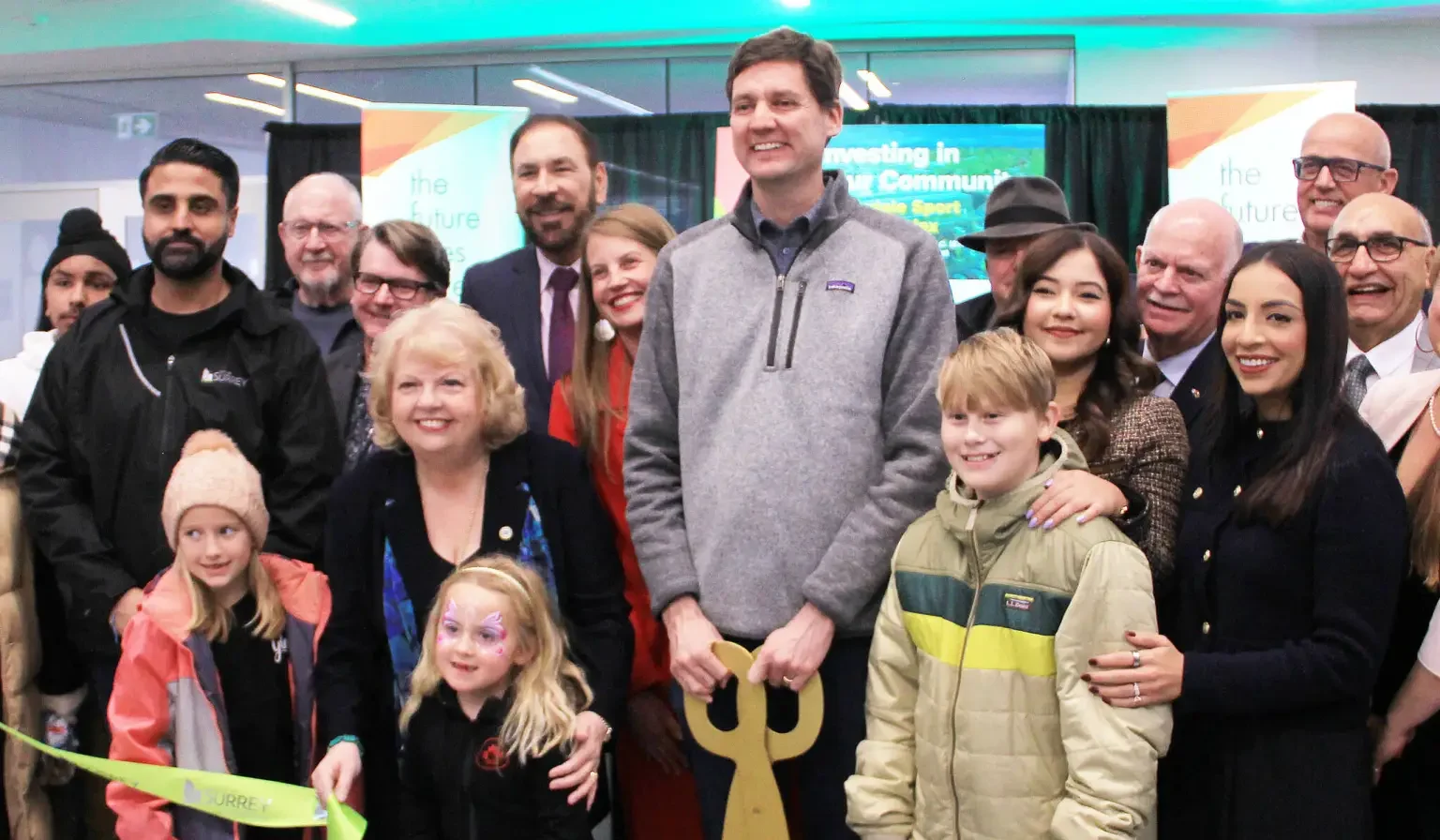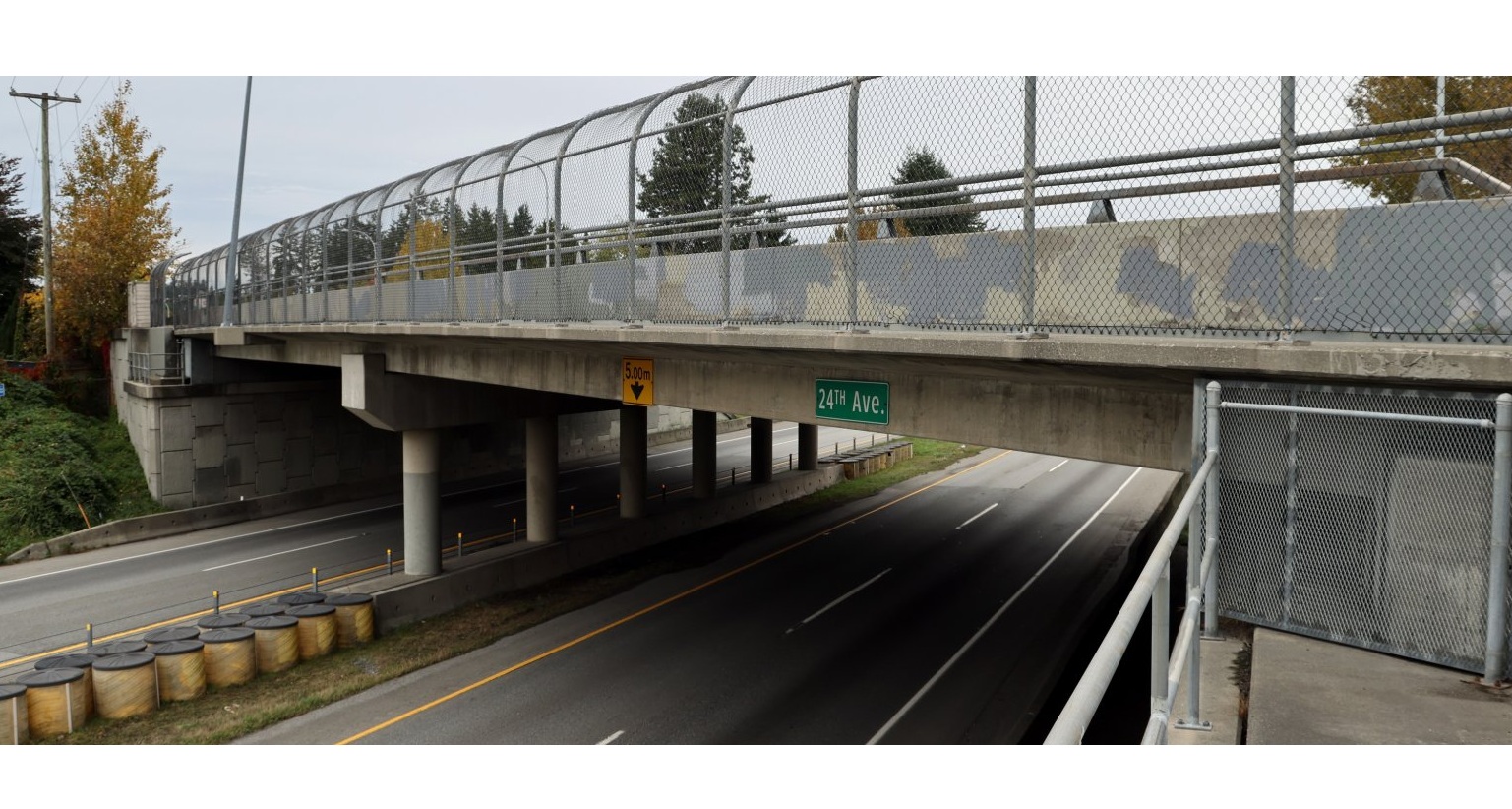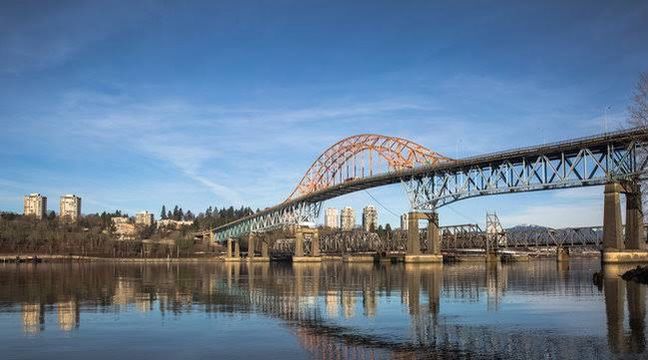Four Lanes and a Second Chance: What the New Pattullo Will Actually Change
For decades, the Pattullo Bridge has been a shortcut that never felt short—narrow lanes, no centre barrier, and white-knuckle merges. The replacement aims to rewrite that daily experience. Below is a concise, verified update on what’s coming and what still depends on the roads that feed the bridge.
Status and Timeline
- Project: New toll-free, four-lane cable-stayed bridge replacing the 1937 span between Surrey and New Westminster.
- Current work: Paving, barriers, lighting, utilities, and approach tie-ins.
- Opening window: By December 2025 (exact date to be confirmed).
- Next step: After traffic moves over, the 1937 bridge is scheduled for demolition.
What Changes on Day One
- Four lanes, safer geometry: Opens with two lanes each way; the structure allows a future expansion to six if approaches are widened.
- Centre barrier: A concrete median separates directions to reduce head-on collision risk and erratic lane use.
- Seismic standards: Modern design addresses the vulnerabilities of the 1937 structure.
- Walking & cycling: Barrier-separated multi-use paths on both sides—people on foot and bikes aren’t mixing with vehicle traffic.
- River & navigation: Fewer in-river piers than the old bridge, improving navigation and reducing river impacts.
- Cleaner connections: New/adjusted ramps and tie-ins aim to reduce immediate conflict points near each end.
Where the Commute Is Won (or Lost)
A safer bridge is a major upgrade. But the story of your commute will be written at the intersections and corridors that connect to it. If signals, merges, and lane drops remain tight, some delays will persist—at least until those approaches are widened or re-timed. In short: the bridge fixes the crossing; the cities must tune the edges.
Quick Clarifications
- Lane count: Opens with four lanes total; designed to allow six in the future.
- Trucks: Wider lanes + centre barrier are intended to end centre-straddling and smooth speeds.
- Not a refurb: This is a new cable-stayed structure built to modern standards.
- Tolls: The Province states the replacement is toll-free.
What to Watch After Opening
- Safety outcomes: Collision trends and reliability in the first 6–12 months.
- Peak travel times: Whether the approach fixes keep pace with demand.
- Active-mode use: Uptake on the new walking/cycling paths and the comfort of connections on both sides.
- Fine-tuning: Signal timing, lane markings, and wayfinding as real-world patterns emerge.
- Demolition impacts: Noise, river windows, and schedule for removing the old bridge.
Bottom Line
The new Pattullo offers four lanes, a centre barrier, seismic resilience, and real space for people outside cars—a practical reset for a critical Fraser crossing. The final verdict on commute time will hinge on what happens just beyond the bridge deck.
This article is original and written specifically for SurreySpeak.com



























